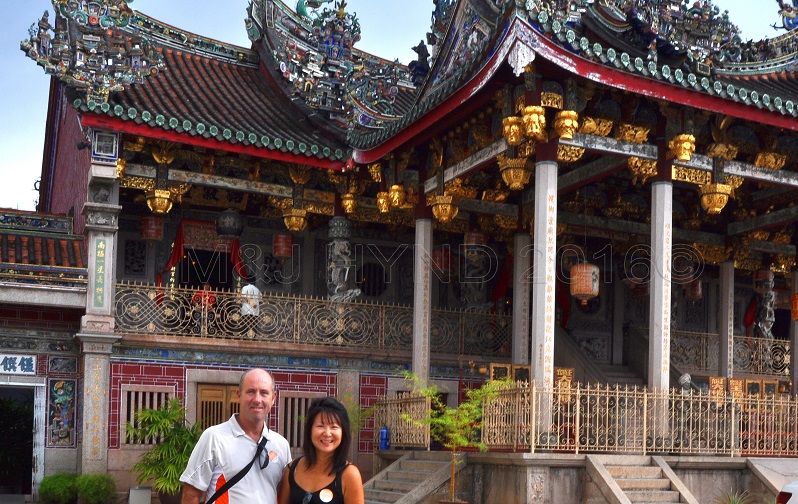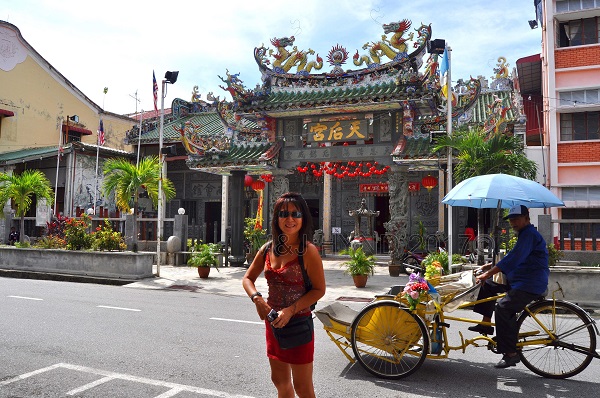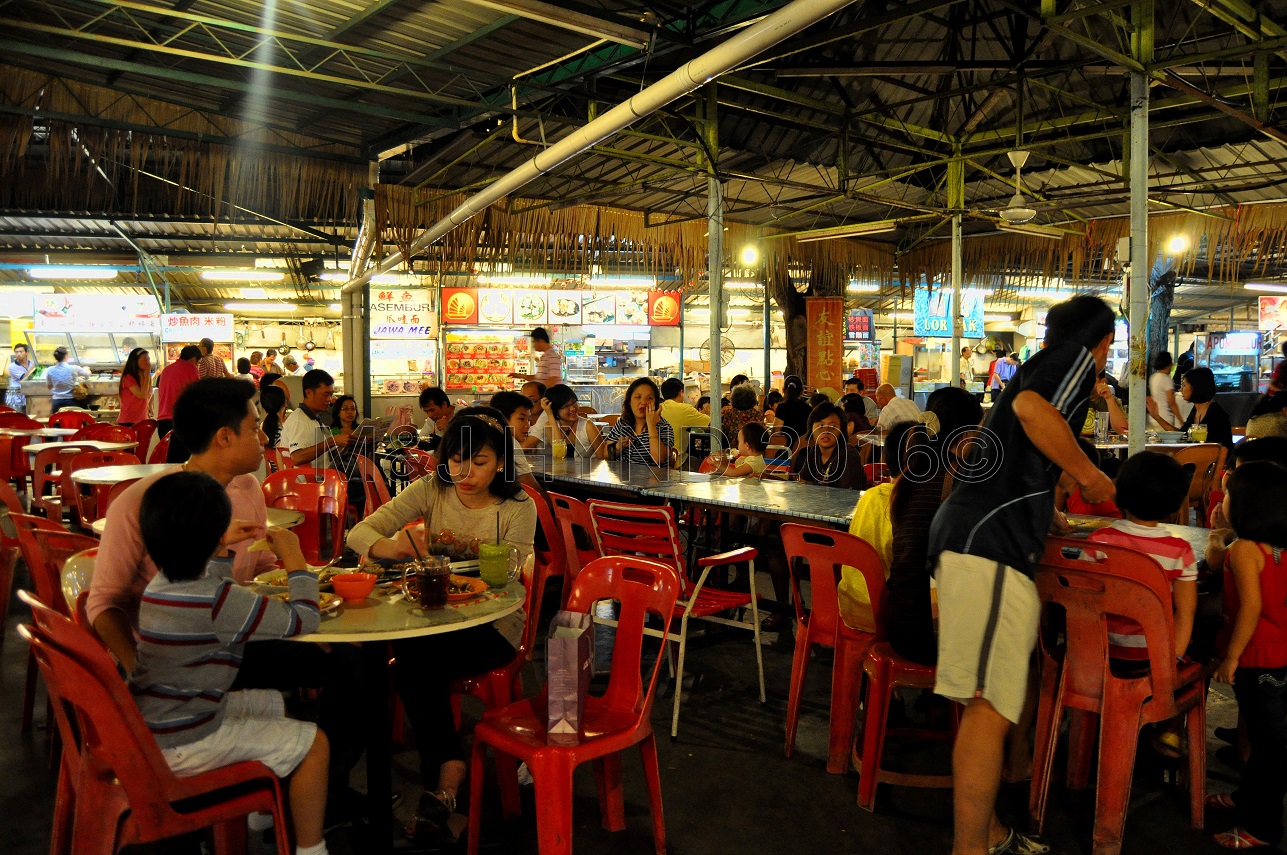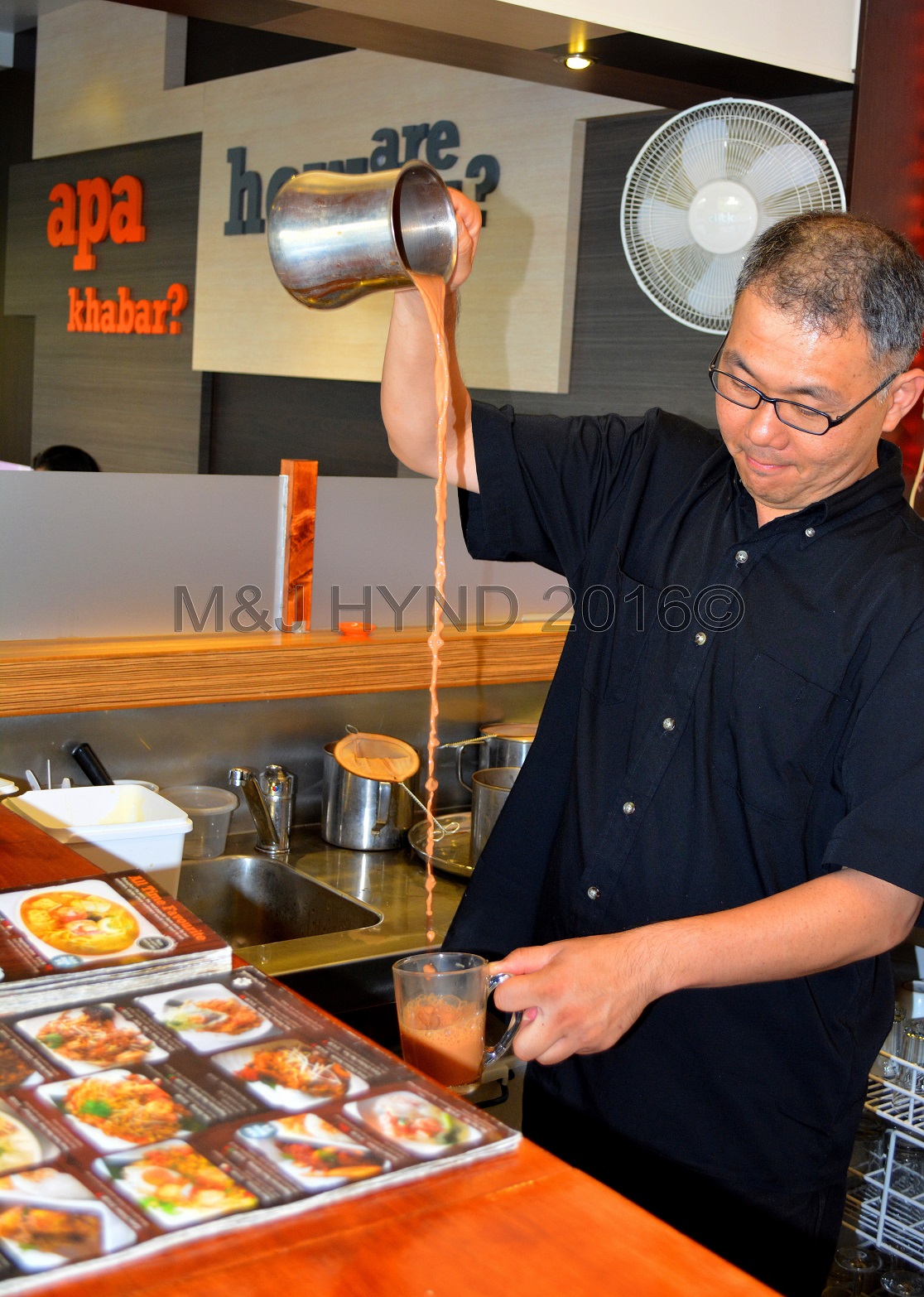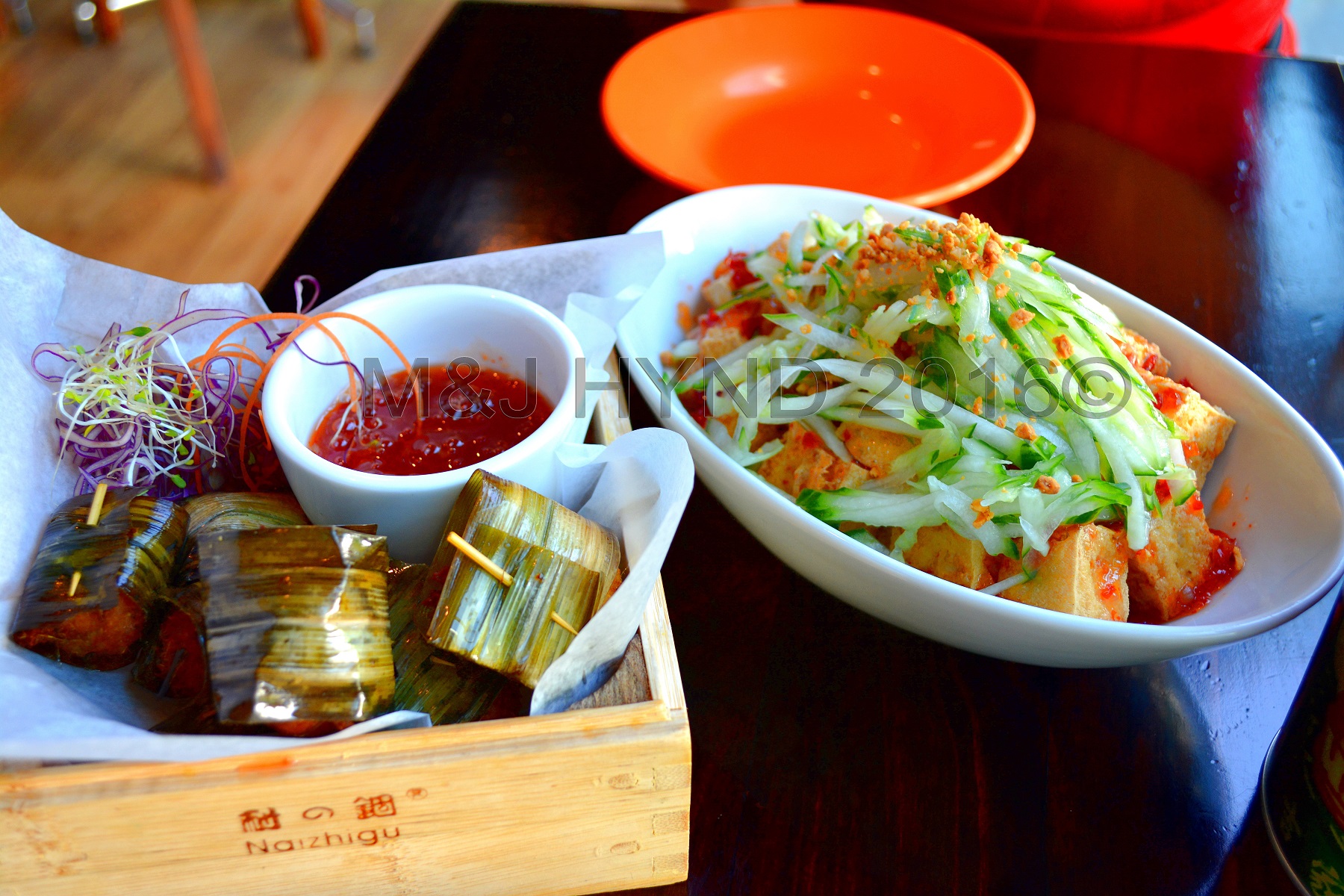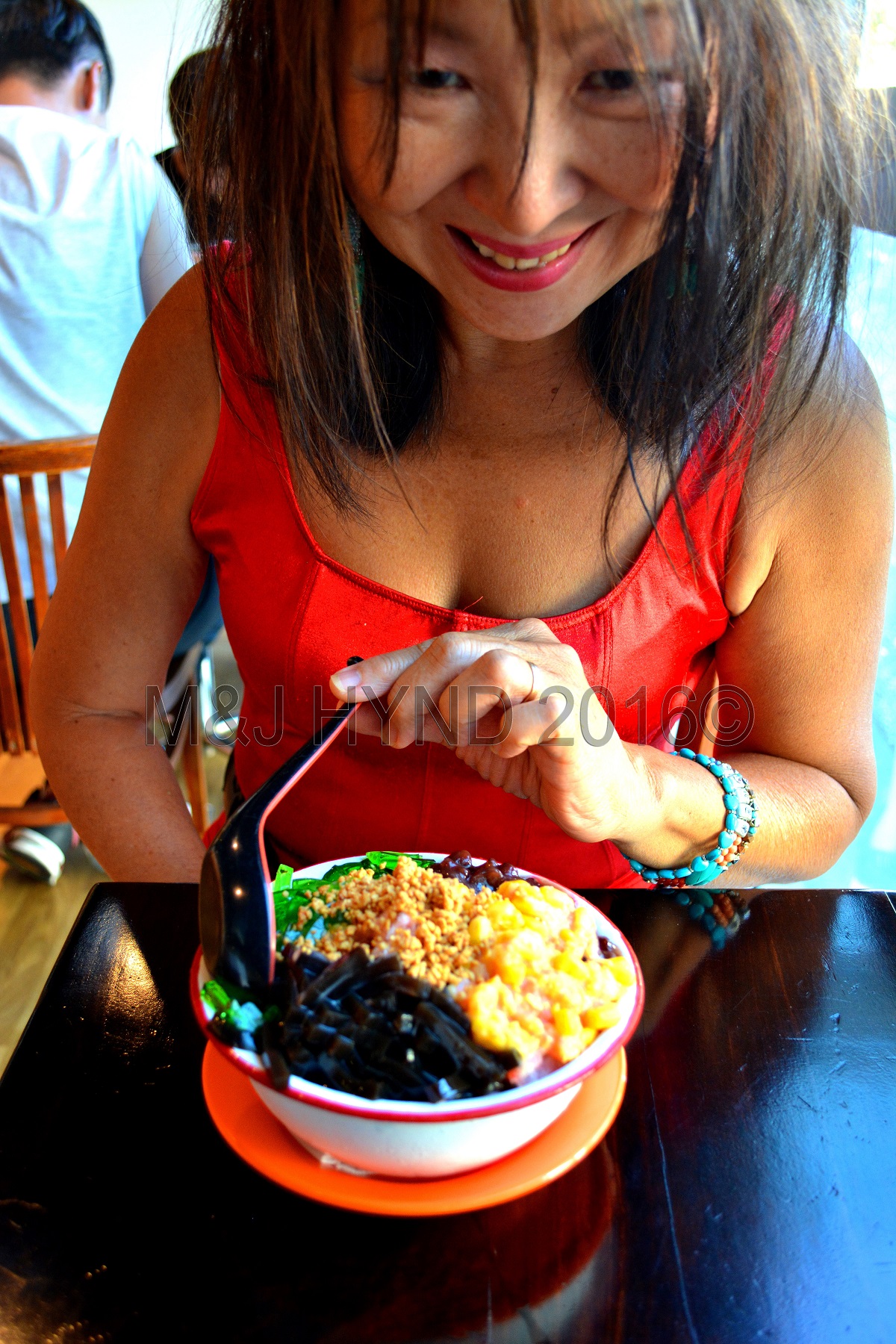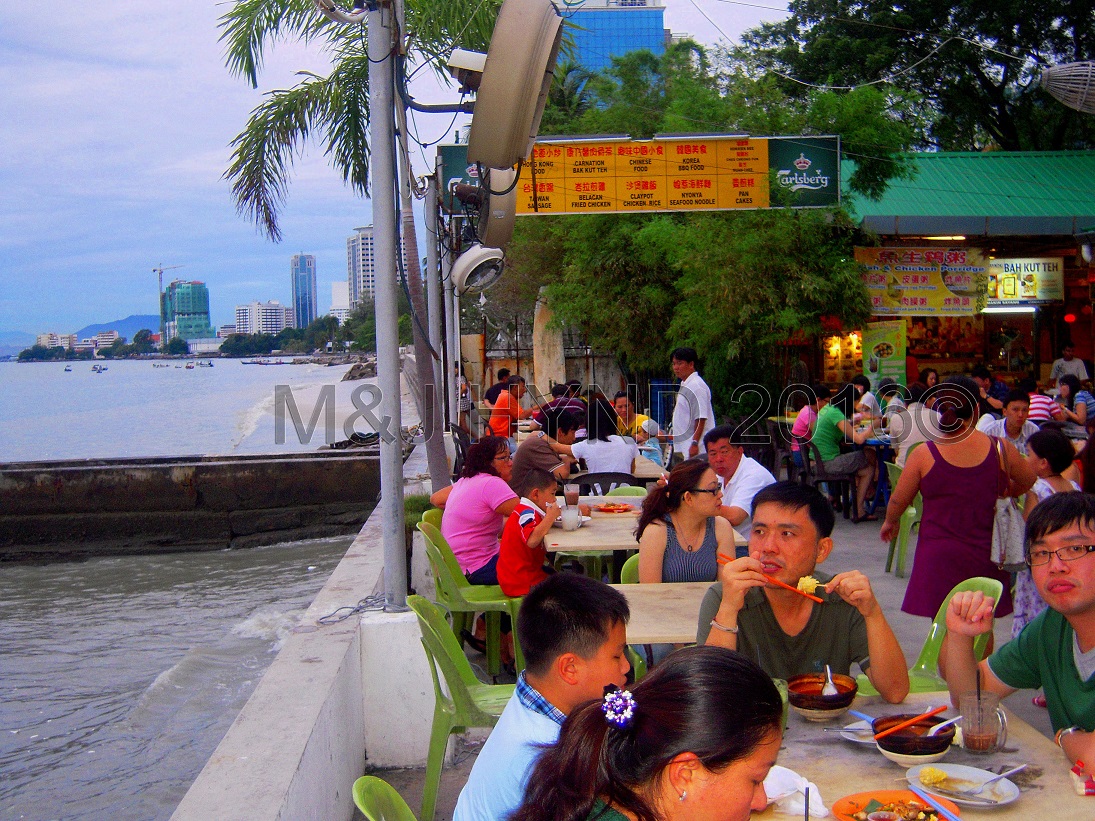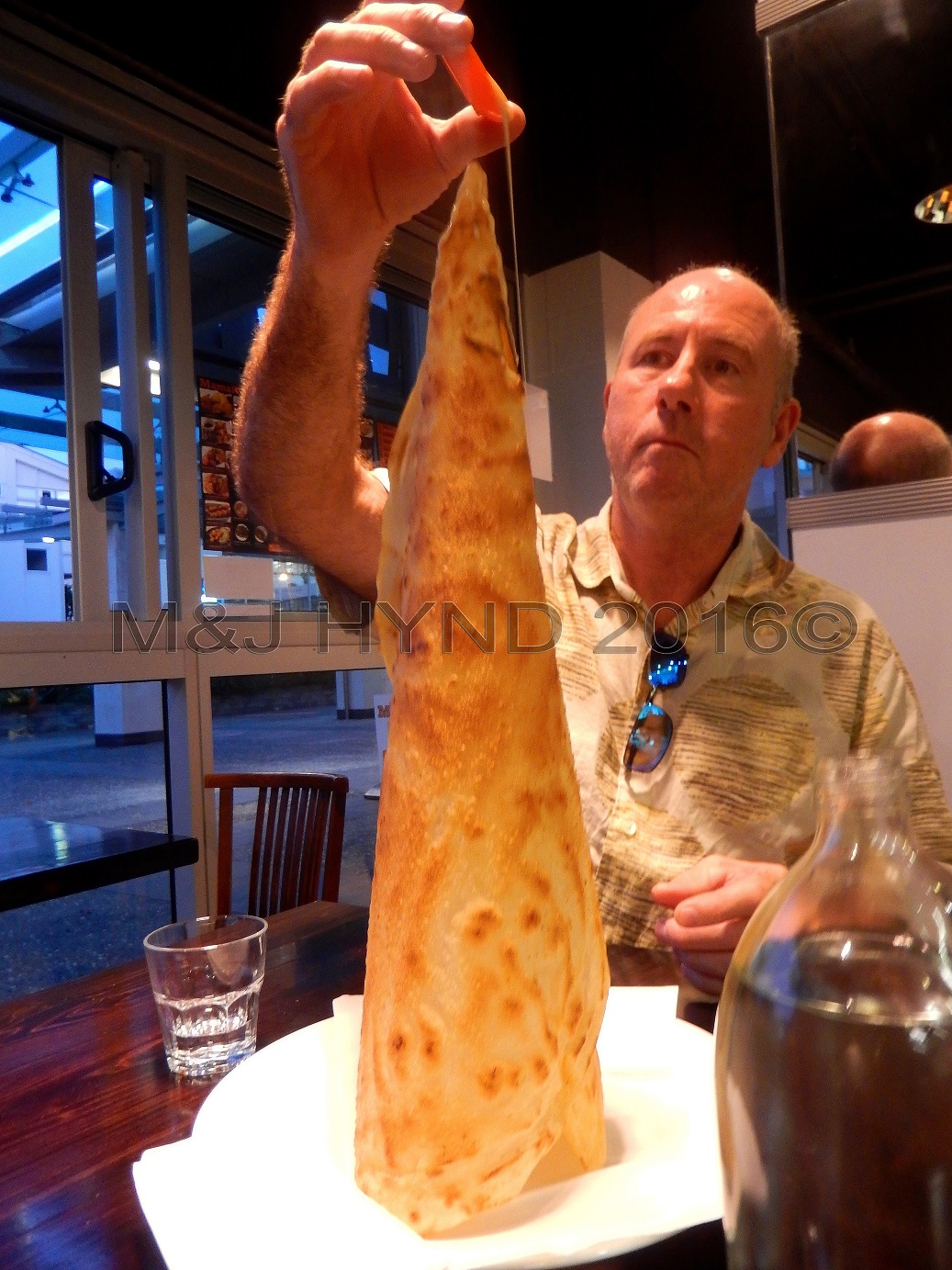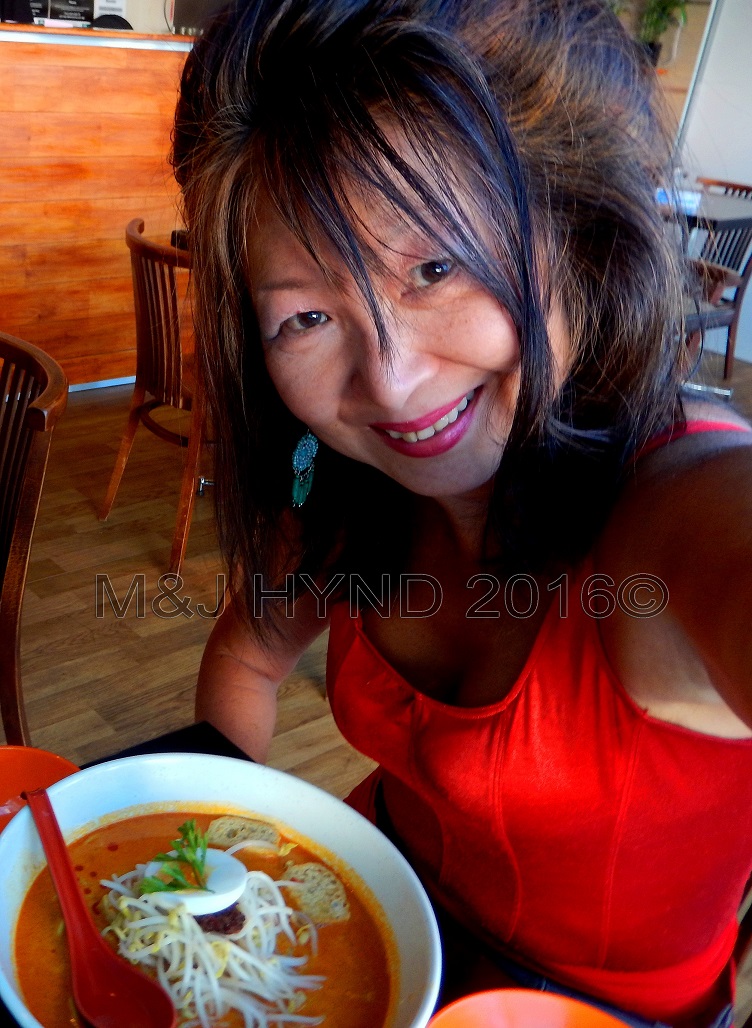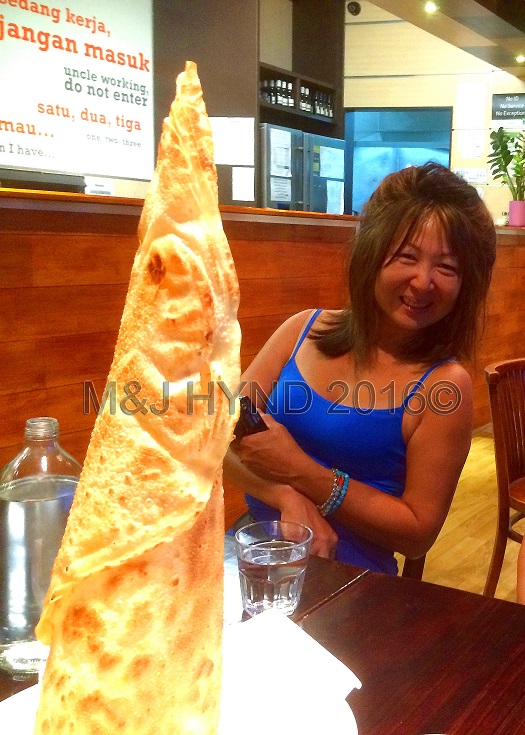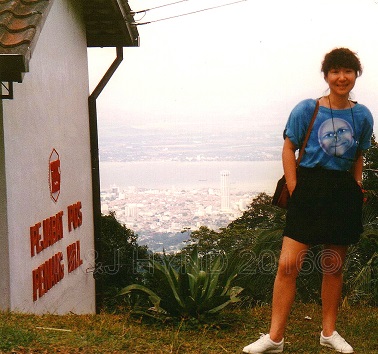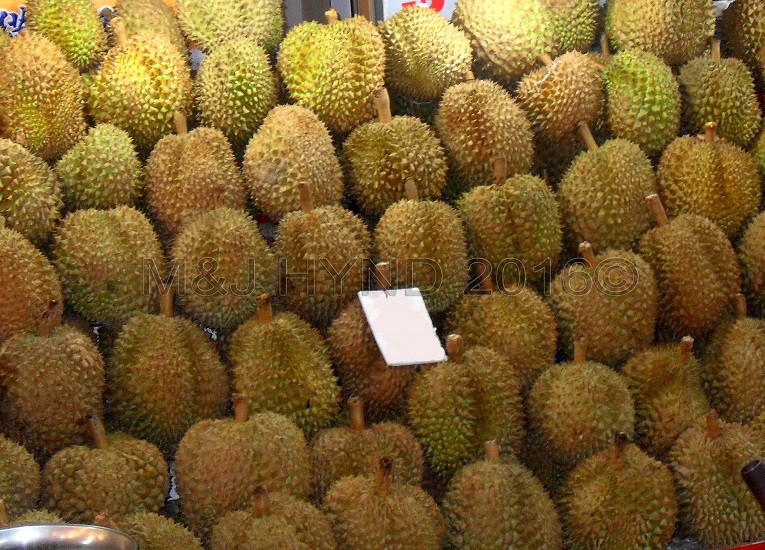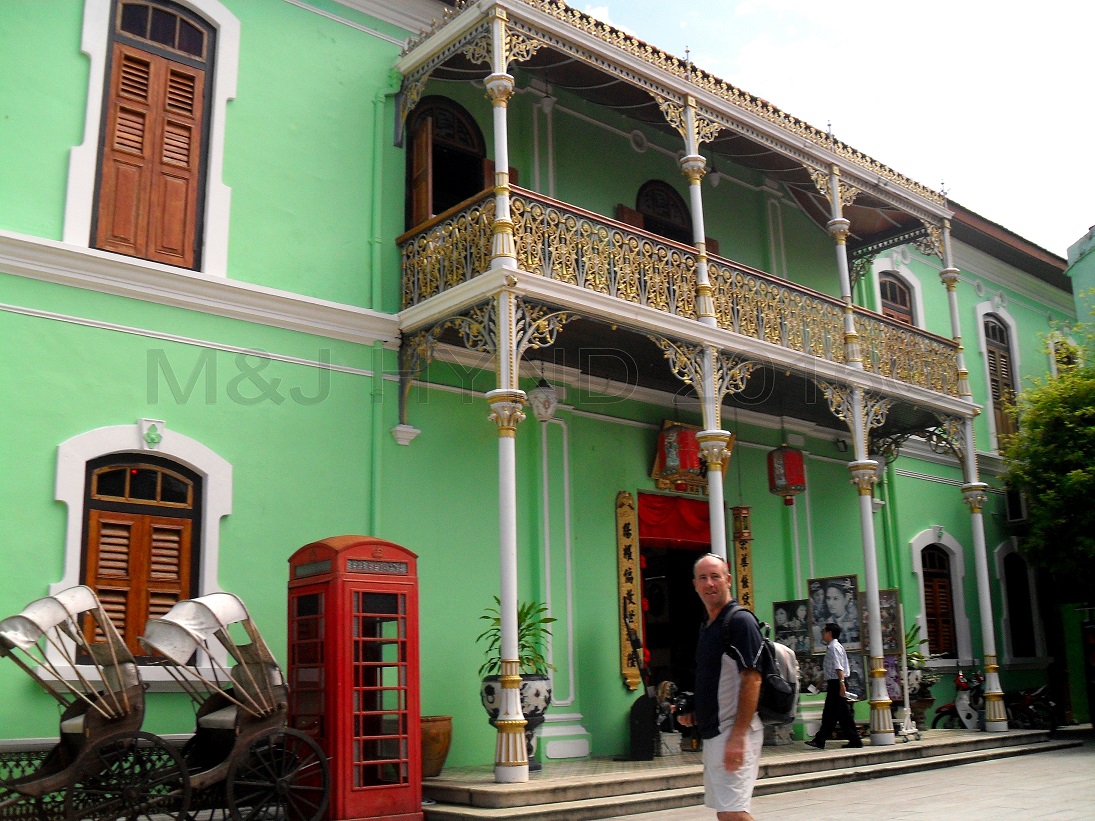Penang is an island state, in Peninsular Malaysia. Widely known as the Pearl of the Orient, Penang is one of Asia's most famous islands. Its natural beauty and exotic heritage have been attracting curious visitors for centuries. Listed as a UNESCO World Cultural Heritage Site in 2008, the capital – Georgetown – located on the north-eastern tip of Penang Island is perhaps the embodiment of colourful Penang.
In the 16th century Portuguese traders from Goa, India, sailing to the Far East in search of spices found a small island where they could replenish their water supplies. Penang's location provided sheltered harbour for Chinese, Indian, and European ships during the monsoon months. It was used by the British East India Company as a natural harbour and anchorage for their trading ships. Once an important Straits of Malacca trading hub, the city is known for its British colonial buildings, Chinese shop houses, Indian temples and mosques.
Penang is a mixture of new and old. The Kek Lok Si Temple, one of the largest and finest temples complexes in Southeast Asia, facing the sea and commanding an impressive view, and is one of the best known temples on the island. It is said to be the largest Buddhist temple in Malaysia. The main draw card in the complex is the striking seven-storey Pagoda of Rama VI (Pagoda of Ten Thousand Buddhas) with 10,000 alabaster and bronze statues of Buddha. A recent addition is the Kuan Yin Goddess of Mercy Pavilion equivalent to the height of a 20-storey building. The roof is a three-tier pagoda supported by 16 granite pillars embellished with ornate carvings. It is a gigantic pavilion at Kek Lok Si Temple, Penang
Another heritage site is the Khoo Kongsi clan house, with elaborate and highly ornamented architecture, a mark of the dominant presence of the Chinese in Penang, Malaysia. The famous Khoo Kongsi is the grandest clan temple in the country. Its extensive lineage can be traced back 650 years ago, as well as its closely-knit and defensive congregation of buildings and a magnificent clan house. We missed it the first few times we looked for it.
When we did find it, the area of the Khoo Kongsi is located behind rows of terraced shop fronts and homes, through a little alleyway. It is located in the heart of the oldest part of the city of George Town, in the midst of narrow, winding lanes and quaint-looking houses exuding a faded olde world charm.
Talking about Nyonya cooking recently, brought to mind Penang Peranakan Mansion. The Peranakans, also known as the Babas and Nyonyas, was a prominent community especially in the Straits Settlements (Penang, Malacca and Singapore) hence its other name, the Straits Chinese.
Adopting selected ways of the local Malays and later, the colonial British, the Peranakans had created a unique lifestyle and customs which had not only left behind a rich legacy of antiques but its cultural influences like cuisine and language. Chinese carved-wood panels and English floor tiles and Scottish ironworks in the heritage Chinese courtyard mansion are typical of this era, offer a glimpse of their opulent lifestyle and of their many customs and traditions.
Peranakan or Nyonya cuisine comes from the descendants of early Chinese migrants who settled in Penang, Malacca, Singapore and Indonesia inter-marrying with local Malays. Take the rice, for example. Malaysian Mixed Herb Rice was incredible - so many flavours and textures that balance perfectly. Nasi ulam is a Malay dish, and a staple to many people in Malaysia, especially for the Malays and Nyonya/Peranakan (or Straits-born Chinese).
I remember that when I was young, one of my maternal great-aunt had a big celebration of sorts. Other great-aunts were all roped into making this dish, as well as many other mouth-watering platters of food. Memories if assam laksa made from scratch, a some sort of salad-y rice dish, and more. Being quite young, I didn't do too well, as knife cleavers were very sharp, but I had a go, and moved onto a different easier task – probably didn't slice it finely enough.
I couldn't remember what it was called; just the sublime taste and the amount of work that had gone into making it – ulam rice, I later found out. Hours of painstaking preparation of finely-sliced sweet young kaffir-lime leaves, bunga kantan (torch ginger flower), mint among many other fresh fragrant herbs to create utterly delicious, aromatic, healthy, and extremely appetizing. Great with a side dish of meat or fish with a touch of sambal belacan.
Every dish was unique in flavour and style, a perfect reflection of Nyonya food. You could easily see how labour-intensive this style of cooking is, particularly with the demonstration of preparing the rice. When you taste all the flavours in each dish, you really appreciate the hard work that goes into Nyonya cooking.
There are many other Buddhist, Thai and Burmese Wat (temples), Malay mosques, Indian temples to sightsee, durian plantations to visit, fresh fish to eat and to watch and marvel at Marine parks, spice farms to have a look at. Fort Cornwallis, Botanical Gardens, and Penang Hill Railway where it's possible to spend an afternoon relaxing in the cooler temperatures, have a snack, enjoy the amazing views. Heritage trail and more, are the spicy offerings from the ''Isle of Betel Nut'', Penang's other nickname.
"George Town's street food: what to eat in Malaysia's food capital'' ran the headline in the Lonely Planet review of 2015. ''George Town, Penang's capital, is Malaysia's, if not South East Asia's, food capital. Blending flavours and cooking styles from across Malaysia, China, India, Thailand and beyond, that it is fast emerging as a pilgrimage site for any serious foodie. Home to five distinct cuisines, cheap and delicious open-air hawker centres, lauded seafood and legendary fruit, it's the kind of place that can boast both quality and quantity.'' A “hawker's paradise” surely.
Being born in Penang, I've been always drawn to good food eateries and destinations. When I had the stroke, and lost the ability to read and write, let alone speak and remember how to cook, it was bleak for many years. But now I'm back and making up for lost time. I couldn't wait to try the Mamak eatery in Takapuna. Parked on a quiet street, we ventured up to this unassuming restaurant on the ground floor of the Sentinel building apartment tower.
As soon as you entered the portals, you're instantly transported to Asia, namely Malaysia, where the hubbub of people and sounds greeted you: the language of street-food culture. The whole atmosphere is fresh, full of energy. On the restaurant walls were scribbled frequently-used phrases in Malay, and translations, giving a quick lesson in Bahasa Malaysia, while you waited for dinner. Great to know! The waiters, not seeming to rush, were always there when you want them – brisk, efficient service.
There were reminiscences of my home town of Penang and Indian mamak stalls in the food and drinks list. It all sounded just delicious, foodie-names I hadn't heard for a long while. We picked a handful of dishes and sat back to enjoy the ambience. For drinks I had Teh Tarik. Oh, what is that? It wasn't on most eateries' menu outside South East Asia, I'm sure, so I was looking forward to the experience.
Long before the scientific advances in food technology, there was Teh Tarik, which literally means "pulled tea". It's a hot milk tea beverage which can be commonly found in restaurants and outdoor hawker stalls in Malaysia. It is poured back and forth repeatedly between two vessels from a great height, giving the tea a thick frothy top. When I was growing up in Malaysia you just ordered it from the hawker stall either by the side of the road, or in ''kopitiams'' (coffee shops) without thinking about the whys and wherefores.
Imagine a manual cappucino maker but for tea. Dragging a long stream of steaming tea above the heads of customers without giving them a very hot shower is the showman's art. Treated to a splendid, mesmerising show when it was made, and brought to the table; it brought back fond memories.
The starters had arrived – waft of tantalising aromas, very inviting. The tofu was delicate and done to perfection, and the pandan soy bites just delicious. No hesitation; we tucked in without delay. The next courses arrived: curry seafood laksa and beef rendang – delectable. On a previous occasion, we tried char kuay teow and wan tan hor and a few other dishes – the taste of home. Excellent.
I just had to order Ais Kacang to finish; one of my childhood favourites. Shaved ice (originally hand-cranked but it's now made in a machine), with lots of red/azuki beans, creamed corn, black grass jelly, green jelly, a generous dollop of crushed peanuts. Red rose and sarsi syrup with condensed milk drizzled over it. Yumm...
On a previous visit, we'd ordered Roti Tissue. It's kind of a sweet, whisper-thin, flatbread dessert rolled in the shape of a very tall, conical hat, sold at Indian Mamak hawker-food stalls in Malaysia. Many visitors and foodies alike, when eating at a hawker-food complex in Malaysia had marvelled at the dexterity and skill shown when presented with Roti Tissue at the table. It such an imposing though delicate snack or dessert.
And quite a few have videoed the making of this delicacy. It can be made on a barbeque hotplate. Thin dough made from flour, sugar, pinch of salt, oil and water. Turn it out, knead and flatten with a rolling pin, as thinly as possible. Cook on the hotplate with small dollops of butter and sugar sprinkled on. It cooks very quickly, with a knife make a vertical cut halfway up its length, and roll into a top hat.
At the Mamak Takapuna restaurant in Auckland, it was brought to our table with a flourish. Condensed milk was also served with the Roti Tissue, which you carefully drizzle from height for extra decadence, should you want it. No doubt about it, it was scrumptious without being too-overly sweet. Also, it will be a good conversation topic for a while.
